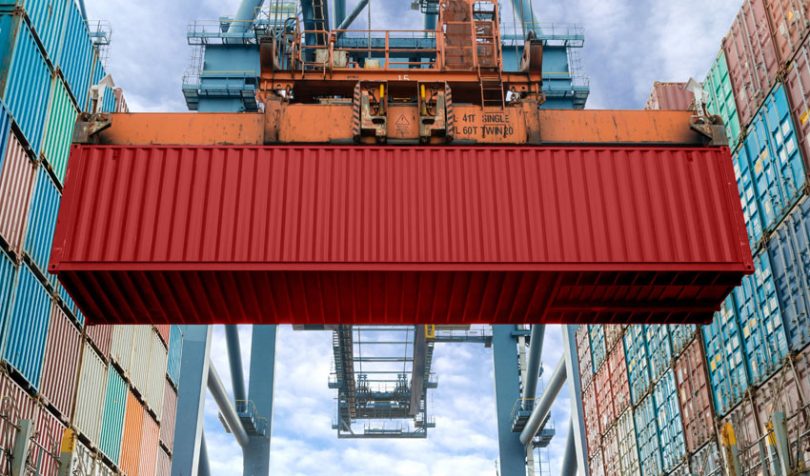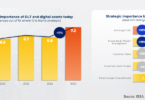$1.5 trillion is the estimate from the Asian Development Bank for the trade finance gap between demand and the inability of businesses to secure trade finance. Between April 2018 and January 2019, BNY Mellon and the International Chamber of Commerce (ICC) conducted a global survey of more than 100 trade finance providers about how to address the gap. 13% ranked the use of distributed ledger technology (DLT) to enhance transaction management as the most effective solution. But 43% cited DLT as the least useful.
A third of organizations surveyed noted that the trade finance gap had widened concerning their own business. In other words, the difference between the demand for trade finance and their provision of funding had increased. But for regional and domestic banks the figure is far higher at 64% compared to 32% for specialist trade providers and 24% for global banks.
Part of the questionnaire focused on the causes of the trade finance gap. 34% gave poor quality know your customer (KYC) as the primary reason, but KYC ranked in first or second spot for 71% of the 84 question respondents. The number two cause is poor credit quality (21%) followed by limited capacity (13%), reduced correspondent bank relationships (13%) and geopolitical risks or economic factors (13%).
Solutions
To address the issues, 30% of respondents thought regulatory revision would help, with another 30% saying technology solutions should be enhanced. 19% suggested new and alternative source of funding.
For the technology solution, the overwhelmingly popular choice was centralizing a KYC database selected by 61% of respondents. Given 71% ranked KYC as the first or second root cause, this is entirely consistent.
14% of respondents suggested common credit scoring for SME borrowers as a tool to address the trade finance gap, and 13% cited the use of DLT to enhance transaction management. But 43% thought that DLT would be the least effective tool.
Despite the negative DLT opinions, there seems to be demand for many of its benefits. For example, 57% said they’d provide more trade finance to SMEs or geographies if there were better visibility or efficiency of the transaction process. 20% said they’d offer more finance if it were possible to cut overall transaction costs. And another 17% said finance availability would be enhanced if there are trade finance marketplaces.







